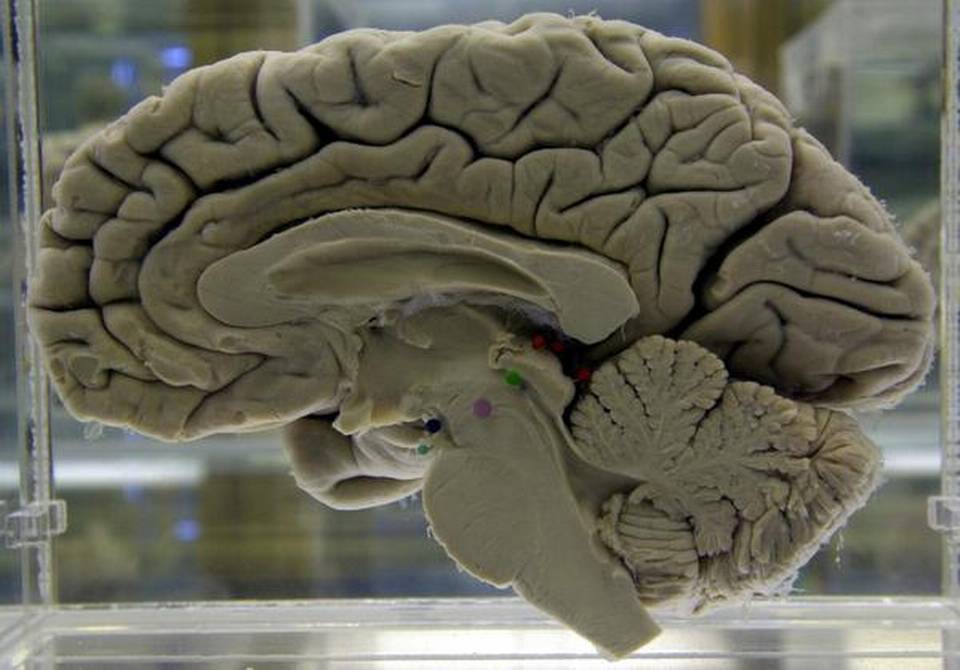
A ground-breaking experiment on how memory works
Scientists have transferred a memory from one sea snail to another, in a ground-breaking experiment that changes how we think about memory. The findings have been published in the journal, eNeuro. Where memory resides in the brain is a key question in neuroscience research. Till now, scientists believed that the seat of memory was in the synapses, or connections, between neurons. But there was some evidence that it may lie within the Ribonucleic Acid (RNA) inside a neuron, a molecule that helps turn genes on and off. To explore this idea, a team of the University of California in Los Angeles turned to a type of sea snail (Aplysia californica). These snails have tubular structures on their backs, called siphons, which they retract during unpleasant sensations. Typically, this retraction, or siphon-reflex, lasts a few seconds. But in a snail that has been shocked repeatedly, the reflex lasts much longer, a sign that the snail has a memory of the shocks.
For the experiment, the team gave the snails pulses of shocks over a period of two days. These snails began retracting their siphons for over 55 seconds, compared with naive snails, which did so for only 2 seconds. Next, they extracted RNA from the shocked snails, and injected it into the naive ones. When they now shocked the naive snails, the animals retracted their siphons for around 38 seconds, suggesting that they had gained a new memory. One way in which the RNA could be ferrying memory is by switching genes on and off, through a process called DNA methylation. Here, the RNA adds chemicals, called methyl groups, to the DNA molecule, thus interfering with the DNA’s ability to produce proteins. This interference switches genes on or off, influencing memory in turn.
To test this idea, the scientists cultured neurons from the shocked and naive snails in a mixture of haemolymph and other nutrients. Next, they drenched the naive neurons with RNA from the shocked snails. When they shocked these neurons, they found that the pattern in which the neurons fired matched that of shocked snails.
The team also injected naive snails with a chemical that inhibits DNA methylation. When they transferred shocked RNA to such snails, they found that the naive snails did not acquire the new memory. This confirmed that DNA methylation was the mechanism by which RNA was ferrying memories around. The findings challenge a widely held idea that memories are formed at neuron synapses. If replicated, the research could eventually lead to therapies for memory disorders.